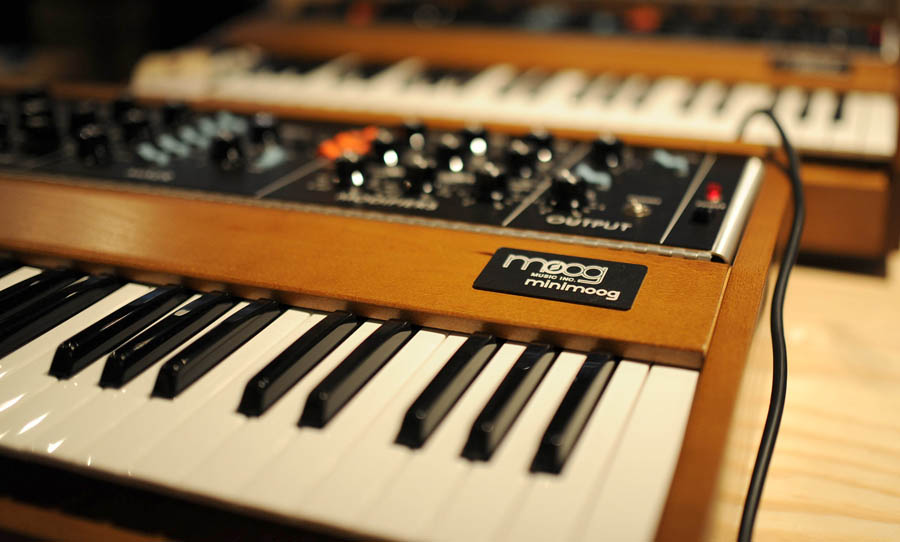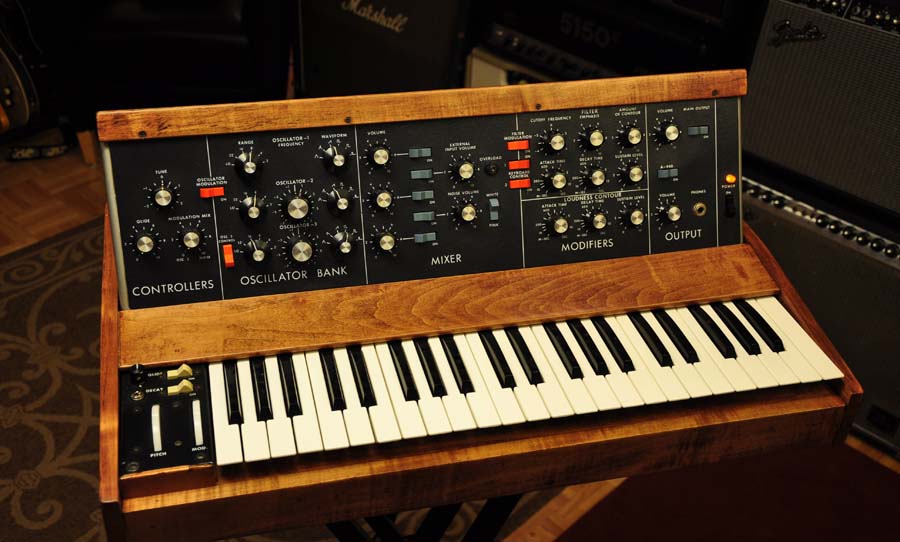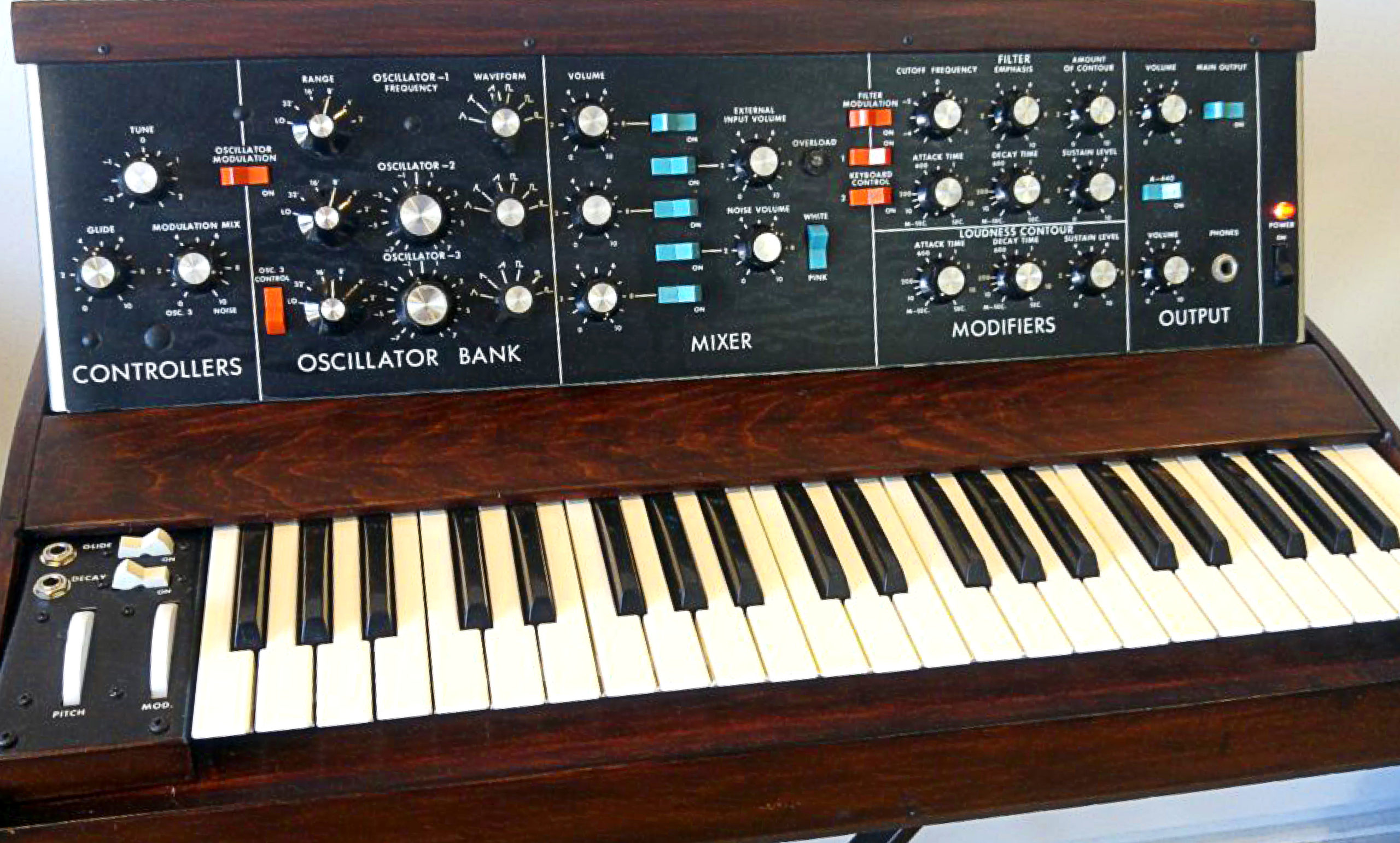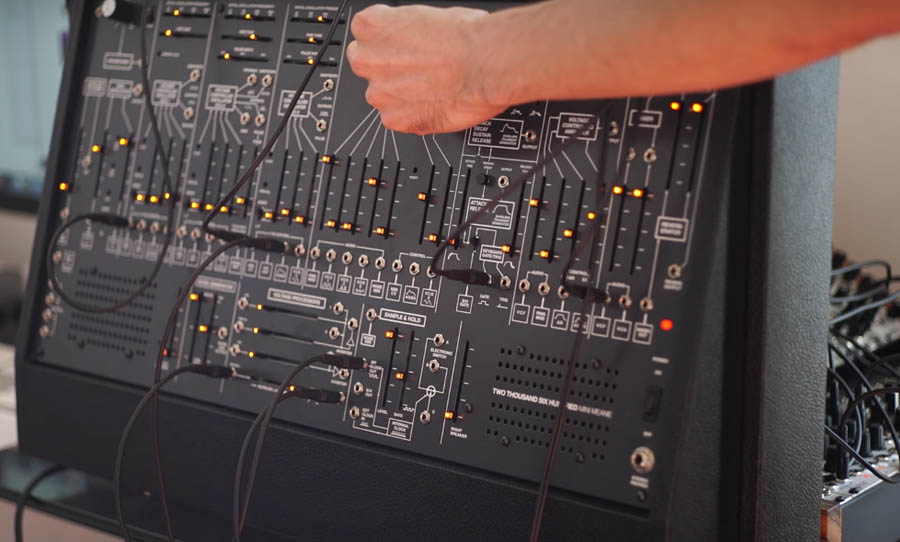With the evolutionary advancement of synth technology, the options for creating sounds have exponentially increased. In the analog world the voices have piled up and the internal architecture has been more complex. In the digital world, wavetables, FM and synths with an insane amount of polyphony have taken the industry by storm. Does this have any effect on the enduring popularity of the monosynth?
Seemingly not. Alongside the vintage favourites, there has been continued development in the mono world. But we’re here to celebrate those who’ve made their mark in history by keeping a literally singular focus, making history one note at a time.
Beastly bass lines and soaring leads – there’s a lot to love about a great monosynth. Read on as we gorge on 5 of the very best in the monophonic arts.
Roland SH-101
You’d be hard pressed to find a synth that’s more quintessentially ’80s than the SH-101. It features a 32-note keyboard and as is the signature of Roland, it presents a very easy to navigate slider-based interface. There are three oscillators in the source mixer section, featuring squarewave and sawtooth shapes, plus a sub oscillator for creating its customary thumping bass lines.
For any instrument though, it’s all in the performance. For this purpose, the SH-101 has a few tricks up its sleeve. Aside from the full size keys – none of those modern micro keys here – there’s a simple sequencer and arpeggiator on board which have made it a bonafide acid and techno monster.
Once you’ve set off your sequence via the external clock input, there are bunch of parameters you can use to spice things up. The envelope section has sliders for ADSR, you can open up the filter or tweak resonance and you can modulate the LFO. Switching octaves and enabling portamento is done in the small section to the left of the keyboard.
There’s more to explore, but importantly, not too much more. This machine is made for hands on interaction and as such, the controls are user friendly and will guide you towards awesome sounds intuitively.
Sequential Circuits Pro-One
Like the SH-101, the Sequential Circuits Pro-One is a monosynth that puts performance first. Arriving in ’81, it’s basically a cut down version of the Californian’s hugely influential Prophet 5, a synth that broke new ground in the polyphonic world.
For a monosynth, the Pro-One comes with quite a deep feature set for crafting sounds, with two oscillators that cover sawtooth, triangle and squarewave between them. In the mixer section you can switch between the two oscillators, or blend them.
What sets this synth apart is its extensive modulation capability. You can assign different parameters to the mod wheel and send them to different sections of the signal path – for example, assign the LFO to the mod wheel and send it directly to the filter section. It’s a little more to get your head around, but if you take the time, it opens up a whole new world of performance and expression.
KORG MS-20
One could argue that the Sequential Circuits Pro-One featured a semi-modular architecture, due to the multiple routing possibilities that it possesses. The MS-20 by KORG actually ticks that box with a physical patch bay on its front panel.
The patchbay makes it possible to route external sounds through the synth’s filter. The sound of the MS-20’s filter is key to its immense reputation. For one thing, the VCF section offers high pass filtering in addition to the typical low pass option, meaning that you can conjure up creative notching and band-reject effects.
This dual-oscillator machine is capable of dishing up everything from seriously aggressive bass lines to lush, chorus laden leads, with the possibility of exploring unique effects with its extensive filtering options. All these wonders are easily available under the fingertips of its easy to navigate front panel.
Buchla Music Easel
Now for something a little different. With the first three on the list, the sounds they have produced over the decades have formed the touchstones of synth pop, dance and various other forms of electronica. The Buchla Music Easel has made its name in altogether more avant-garde setting.
The Music Easel has attributes that make it more suited to standalone performance, rather than slotting in as part of an ensemble. For one thing, connecting different elements of the synth is an open ended blend of patching and switching. This way of approaching the sound sculpting is probably more familiar to those from a modular background.
It does have a keyboard though – and what a keyboard! The solid state flat panel obviously has a vastly different feel to a more conventional keyboard, but still capable of significant expressiveness. Another interesting feature is that you can also instantly recall patches via program cards which makes rapid and drastic alterations to sounds possible while performing. Not bad for an instrument from 1973.
Moog Minimoog Model D
In monosynth terms, the Minimoog Model D was the one that started it all. It was the first portable synth with an internal keyboard, so its impact on all synths that came after it was seismic. Ergonomically, it set the template for ease of use for all compact keyboard synths, providing easy to tweak controls on a spacious front panel.
How about the sound? As we know by examining the others on this list, two oscillator designs are more common. The Minimoog has three oscillators, so even for a monosynth, thick, heavy, detuned tones of lead and bass persuasions are easy to dial in on this synth.
The four-pole, 24dB per octave design of the Moog filter is one that has been copied many times over the proceeding decades – but nothing has ever surpassed it in design and musicality. You can even route external sources through this immortal circuit, as well as the modulation and amplifier circuits. Since its public release in 1971, the Minimoog has been the yardstick from which all others are measured.
As an indicator of the demand for these instruments all these models have spawned emulations in the software realm, with some even getting hardware reboots. While this is not an exhaustive list, few other monosynths compare with this selection for the sheer influence that they have exerted over synthesizer technology and the sound of music.


